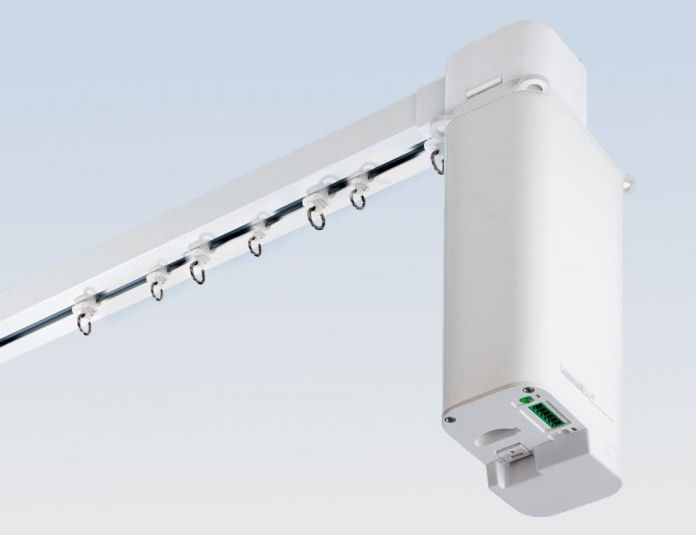Motorised Curtains Project
This is a project in progress! Come back soon as I am making regular updates as this project progresses.
Sections: Overview • Design • Build • Installation • Summary
I have looked at many automated curtain and blind products over the years and even have a few products installed in our current home. None of them really provide the highest quality user experience that I require though at a resonable price. None of them allow the level of integraation and control that I want with my contextual smart home.
To get a solution that meets ALL of my requirements, I'm taking a 'no compromise' approach and designing and building my own solution, using top quality components. Where they are readily available I will use off-the-shelf parts. Where the parts I need are not readily available, I will 3D print them or find other ways to get them manufactured.
The goal of this project is to end up with a set of "open-source" hardware for electric/automated curtains that can be used by anyone and connected to any smart home, for around £100 per opening.

This project aims to identify and develop hardware that can be used to automate curtains in a reliable and stylish way. As much as possible, the hardware will be invisible and silent in operation.
This project is all about getting the best quality solution possible in terms of style, aesthetics, user experience and in enabling a wide range of user interfaces. It just so happens that my approach and design choices will make it an extremely cost effective way to motorise curtains.
Why Automate?
The primary reason I want to automate curtains is to improve the security of my home. When you are away on holiday, nothing says 'my home is empty' more than curtains left open at night or closed during the day. This is even more true if you have automated lighting.
The other reason to automate curtains in my home is for the convenience. This is even more true when you have multiple curtains or blinds in one room. They can be configured to close at dusk automatically or via the simple press of a button.
Research
Before embarking on this project, I thought I'd do a bit of research to see what solutions and components already exist. A walk around my local DIY stores revealed a load of low-quality curtain hardware and no real signs of automated curtain tracks.
Chinese Solutions
There are a huge number of Chinese manaufacturers in this space and some of them are making quite good quality solutions and much more reasonable prices than their European equivalents. Quality is extremely variable though and buying from these vendors can be a bit hit and miss. There are a few recommended in social media groups though.
From what I can see though, none of them are 'premium quality' and they have been designed purely to undercut the mainstream manufacturers. This is ultimately reflected in the quality of the parts supplied.
Silent Gliss SG 5600

The Silent Gliss SG 5600 system is a 'high end' premium product and comes with a premium price (a single installation starting at around £1300). Its key features are that it is very quiet, using a waxed coated track, two part roller glider and high performance brushless motor. It is also fast with a movement of 21cm per second and an option to reduce speed to 15cm per second. The 5600 can carry curtain weights up to 65kg.

This looks like a good starting point if I could buy the track on its own but, this doesn't look easy. I've found a few suppliers of this track but they want £23 per meter. Silent Gliss also do their own proprietary control hardware and electronics, which I'm not interested in.
One other nice feature of this system is that the rail can be recessed into a space above an opening.
When you look at the price of spare parts for the Silent Gliss 5600 track, you realise why they charge so much for a complete installation! Simple metal brackets and fixing can cost £8 or more. A simple 90º hanging bracket can cost as much as £13 each.
Project Sections
Overview • Design & Testing • Build • Installation • Summary


